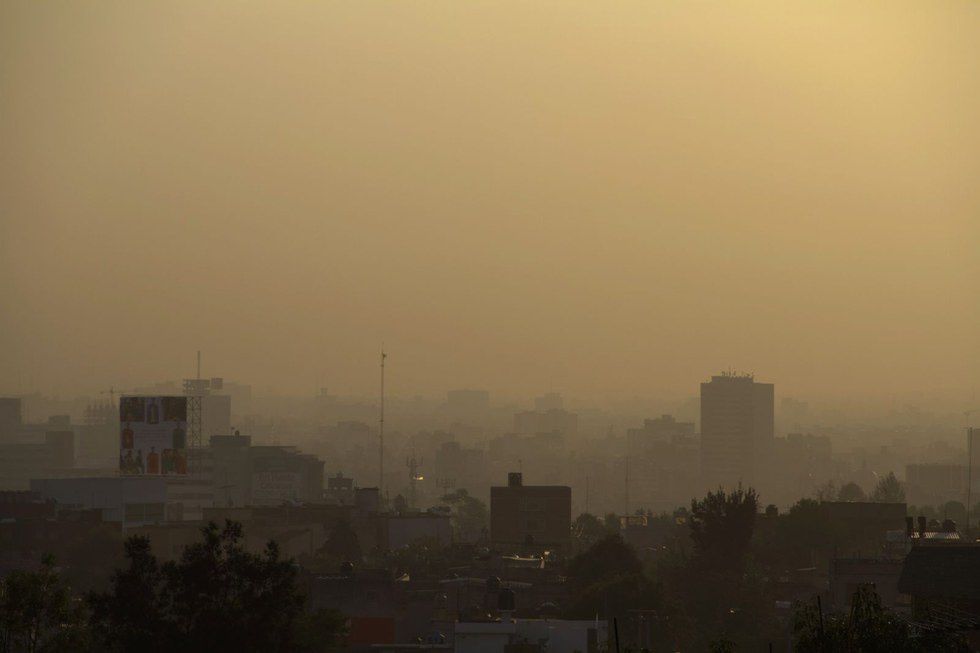Clouds frequently blanket the Mexico City urban landscape. Unfortunately, these clouds are usually a dirty brown, grey tint.
Mexico City is no new subject when it comes to pollution control advances. Since 1992, scientists have been working to combat the title of most polluted city dubbed by the United Nations in that year. Since then, vehicular rules have residents on a strict driving schedule where “residents have to keep their cars off the street one weekday each week, determined by the last numeral in their license plates.” Newer modeled vehicles, however, are allowed to drive any day of the week due to their more efficient nature.
If there is ever any doubt the physical link between pollution and health, in the 1990s Mexico City, “6 out 10 residents in the city were known to suffer from respiratory ailments.” Exposure to air pollutants and the effects on the respiratory tract may not need too much convincing, but scientists are beginning to link dementia and air pollutants.
Neuroscientists began to observe particularly erratic behavior in homeless dogs in Mexico City, specifically in their cognitive behavior. While it is obvious that tracking and monitoring homeless dogs proves to be difficult, tests on mouse subjects have shown tendencies of dementia once exposed to air pollutants and brain damage can be noted, as according to Science Magazine.
With almost 9 million inhabitants calculated in 2010, obstacles are going to arise in such a densely populated metropolitan area. But like with the "No Hoy Circula" program, where drivers are limited to only being able to drive 6 of 7 days within city limits, Mexico City has made other strives to reduce pollution.
Via Verde is an initiative started by residents within the city that use the vertical columns of highways to reduce air pollution. It should not be a surprise to know how a tree works. Many environmental factors can be seen by humans as ecosystem services, where natural occurrences benefit humans’ daily lives. Trees would be one of these services.
Tress and other plants take in the carbon dioxide that we breathe out, and in turn transform it into oxygen via photosynthesis. Not a new concept, but what generally goes unknown is that plants take in more than just the CO2 we breathe out, but pollutants as well. Ever heard of “go outside and get some fresh air?” That’s because of the higher levels of cleaner oxygen are located outside where plants can produce it. Of course, in megacities like Mexico City it’s a little different.
The project Via Verde in English means “green way,” and was already been set into motion. Already, towers of green can be seen under highways where vines wrap around columns that support roads. The columns are covered in a metal frame and cloth that allows the plants to grow up the column without damaging the structural integrity of it.
With more greenery in the city, the more the air can be filtered of harmful toxins. Even countries like India and China are looking to Mexico City to create a similar initiative in their most highly polluted cities like Delhi and Beijing.




















